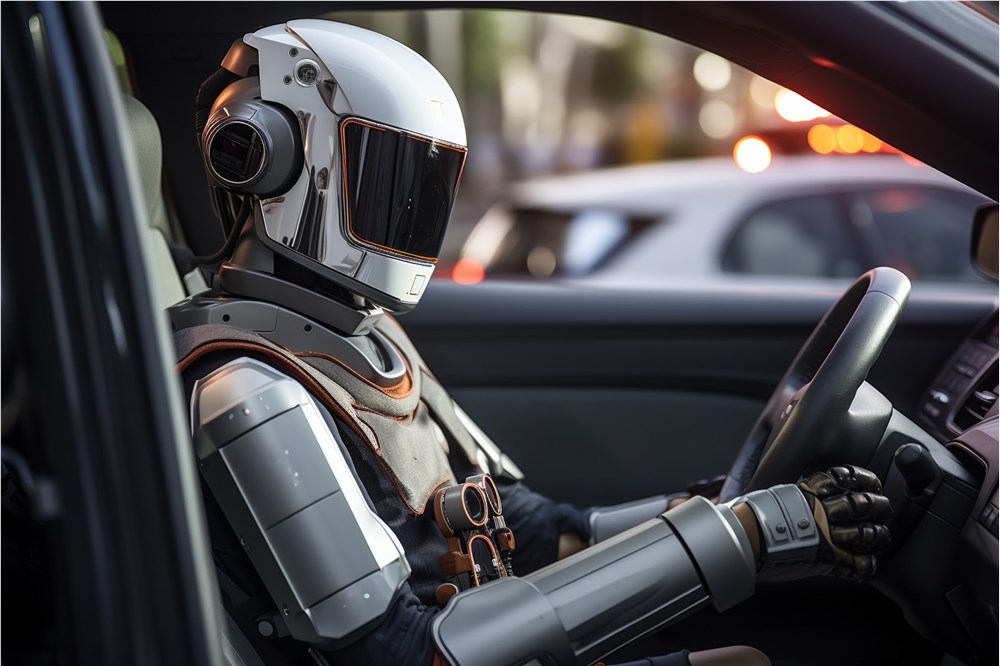Tesla, the American electric vehicle giant, has announced the official launch of its Autopilot city driving feature in the Chinese market. This news quickly sparked heated discussions on X (formerly Twitter), marking another significant advancement for Tesla in China's intelligent driving sector.
According to a statement released by Tesla via its WeChat official account, the newly launched Autopilot feature intelligently guides the vehicle based on the navigation route. User @imxiaohu posted on X that the feature enables automatic navigation through ramps and intersections, accurately recognizing traffic signals and supporting straight driving, left turns, right turns, and U-turns. Furthermore, the system can automatically change lanes based on speed and route requirements. If no navigation route is set, the vehicle will select the optimal path based on real-time road conditions.

Image Source Note: Image generated by AI, licensed through Midjourney.
X user @woshiguaizi further pointed out that this feature is similar to the "Full Self-Driving" (FSD) system in the US market. Tesla owners in China who have purchased FSD will soon be able to experience this advanced driver-assistance feature on city roads. However, Tesla emphasizes that drivers must maintain constant supervision of the vehicle to ensure driving safety.
@dmjk001, citing a Bloomberg report, stated that Tesla plans to roll out this feature in batches via software updates in the coming days. The initial rollout will cover some models, gradually expanding to more users.
Industry analysts believe that the launch of the Autopilot city driving feature intensifies competition in the Chinese market between Tesla and local intelligent driving manufacturers such as Baidu's "Apollo Go." Discussions on X show that users have a strong interest in the practicality and safety of this feature, while also anticipating its performance in complex urban traffic environments. Currently, Tesla has begun pushing updates to Chinese owners via OTA (Over-the-Air) updates, allowing early adopters to experience this technological innovation directly through their vehicle systems.









